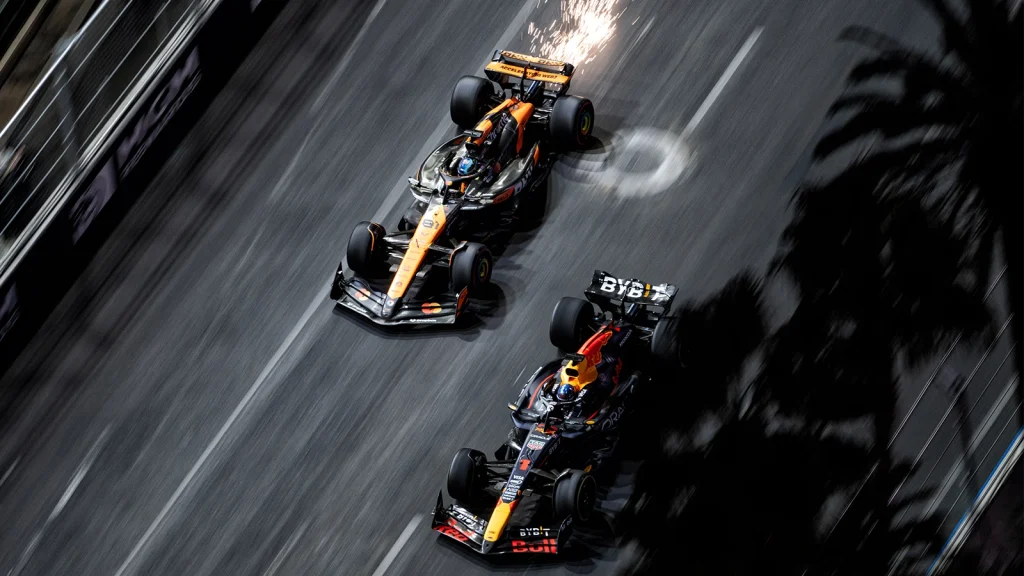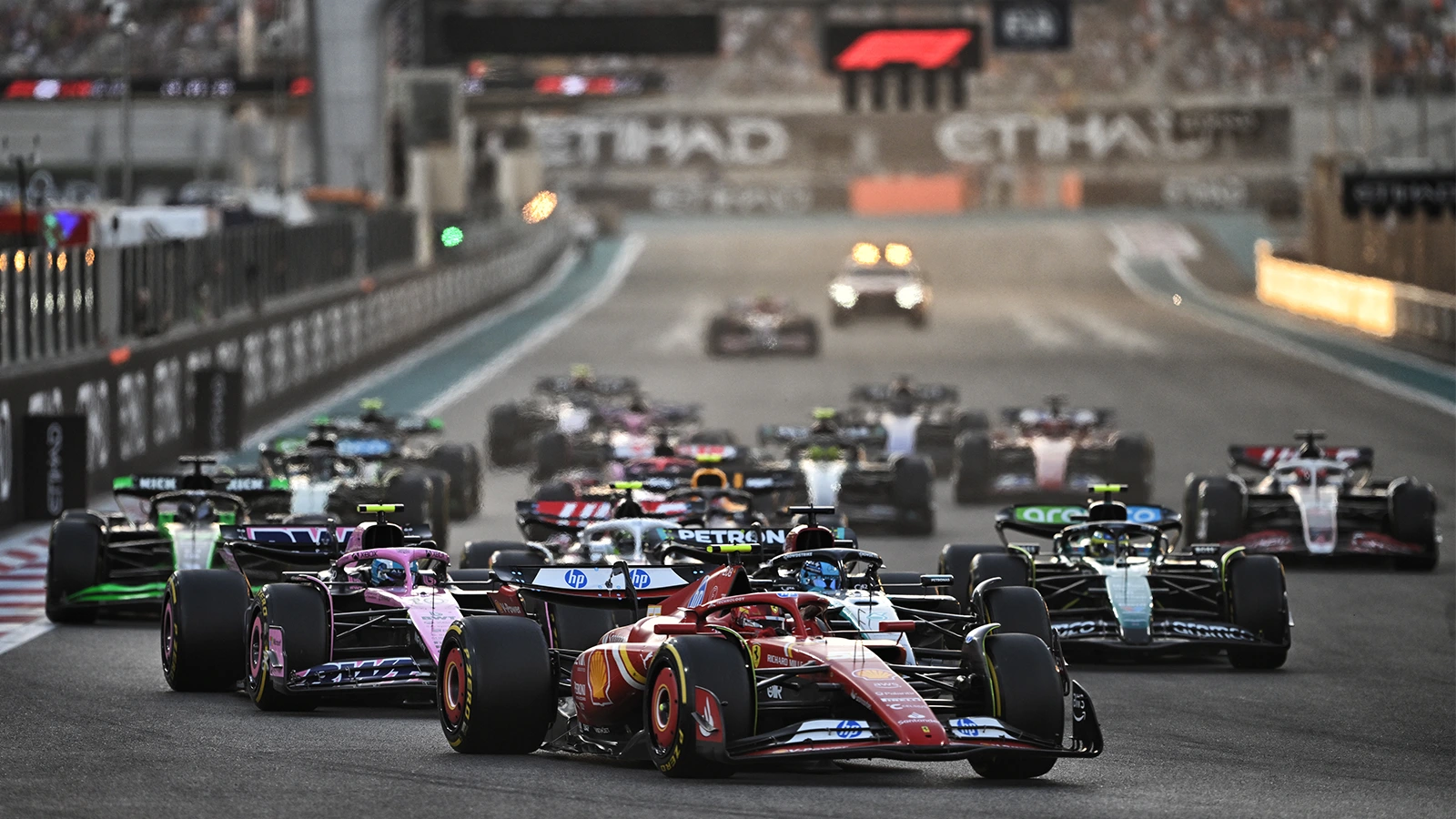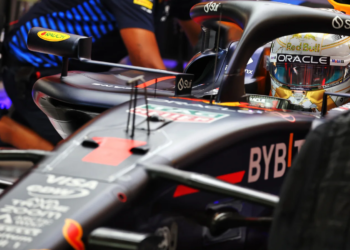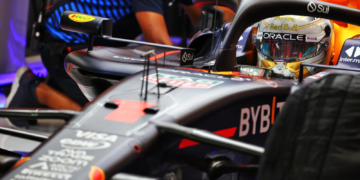In high-speed motorsports and other competitive games, risk is unavoidable. These games have always been exciting to players and fans because they carry the risk of failure. Risk-taking in such environments involves an interesting combination of factors that include individual differences, decision-making under pressure, and the love for sports.
The thrill of risk: Why do athletes embrace danger?
Those who participate in high-risk sports such as Formula 1, MotoGP, or extreme skiing are usually more sensation-seekers than the general population. Such individuals love being in situations that pump their bodies full of adrenaline; the combination of high speeds, unpredictability, and hazards is an explosive rush like no other.
This drive is a combination of biology and psychology. Research indicates that individuals who engage in extreme sports are able to tolerate ambiguity to a higher extent than other people do, and they also feel good whenever they conquer such difficulties. They tend to possess a strong internal locus of control, believing they can influence outcomes even in the face of danger.
Risk and spectator engagement
Fans of extreme sports share with athletes the thrill, unpredictability, and stakes that draw them to such sports. The psychology of risk-taking is not limited to players alone; it applies to viewers who live through the risk and gain of their idols in a game or sport.
Interestingly, this dynamic aligns with the rise of real-time fan engagement activities, such as live sports betting. For example, just as motorsport fans analyse split-second decisions made by drivers on the track, cricket enthusiasts participate in live cricket betting by predicting outcomes like the next wicket or the number of runs scored in an over. Both activities are fueled by the same psychological appeal—managing risk, leveraging data, and enjoying the thrill of uncertainty.

Decision-making under pressure
High-speed racing is characterised by split-second decision-making that is necessary when driving at speeds of 200 miles per hour. Be it overtaking at a close curve or changing plans because of the road, a driver has to decide what is more important immediately – risk or reward.
The pressure amplifies the psychological challenge. The brain’s prefrontal cortex, responsible for rational decision-making, must work in tandem with instinctive reactions honed through training. This balance often determines success or failure. Notably, research shows that elite athletes tend to stay calmer under stress, allowing them to make better decisions in high-pressure moments.
The role of confidence and fear
Managing risk requires a person to have confidence. If a driver or athlete is too careful, they might not perform well. On the other hand, overconfidence with such drivers and athletes would put them at great risk of making serious mistakes. Ideally, one should be in the middle; having confidence that is equal to the level of preparedness and respect for the inherent dangers.
Fear also plays a paradoxical role. While it can motivate athletes to avoid mistakes, too much fear can hinder performance. Overcoming fear requires mental conditioning, visualization, and a focus on controllable factors, such as technique and preparation.

Risk management in competitive sports
Risk is unavoidable in high-speed racing, but it is controlled so that the performance is enhanced and risks are reduced. Data analytics, simulations, and sophisticated safety equipment are employed by teams to mitigate risks. On top of that, athletes employ psychological strategies like mindfulness and visualization to remain focused and self-assured even in difficult situations.
Final thoughts
Motor racing and other sports prove that humans can take risks confidently, go beyond their capabilities and still be able to operate well in stressful situations. Both fans and athletes believe that taking risks is not just dangerous but a calculated pursuit of greatness that turns danger into triumph.









